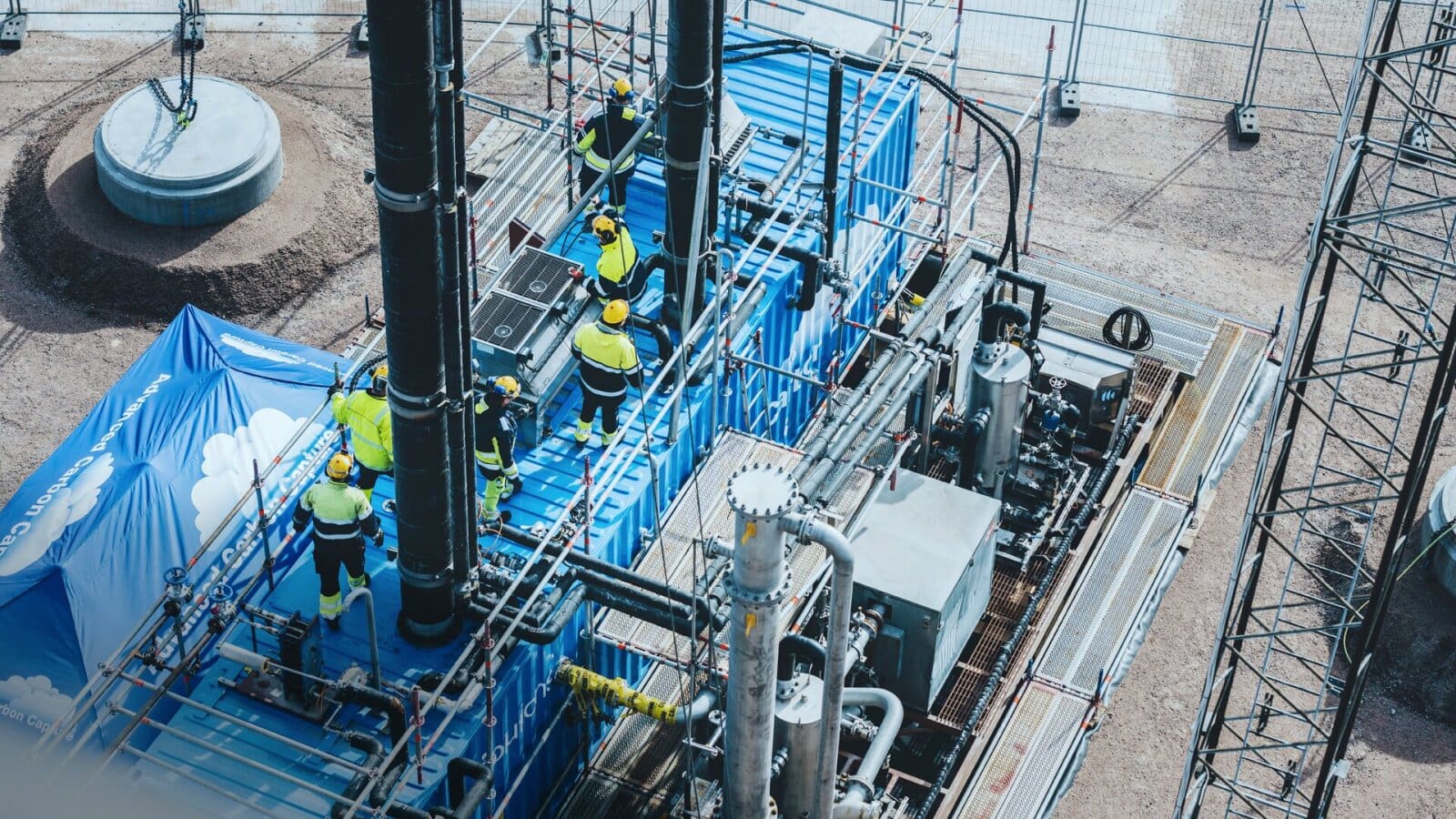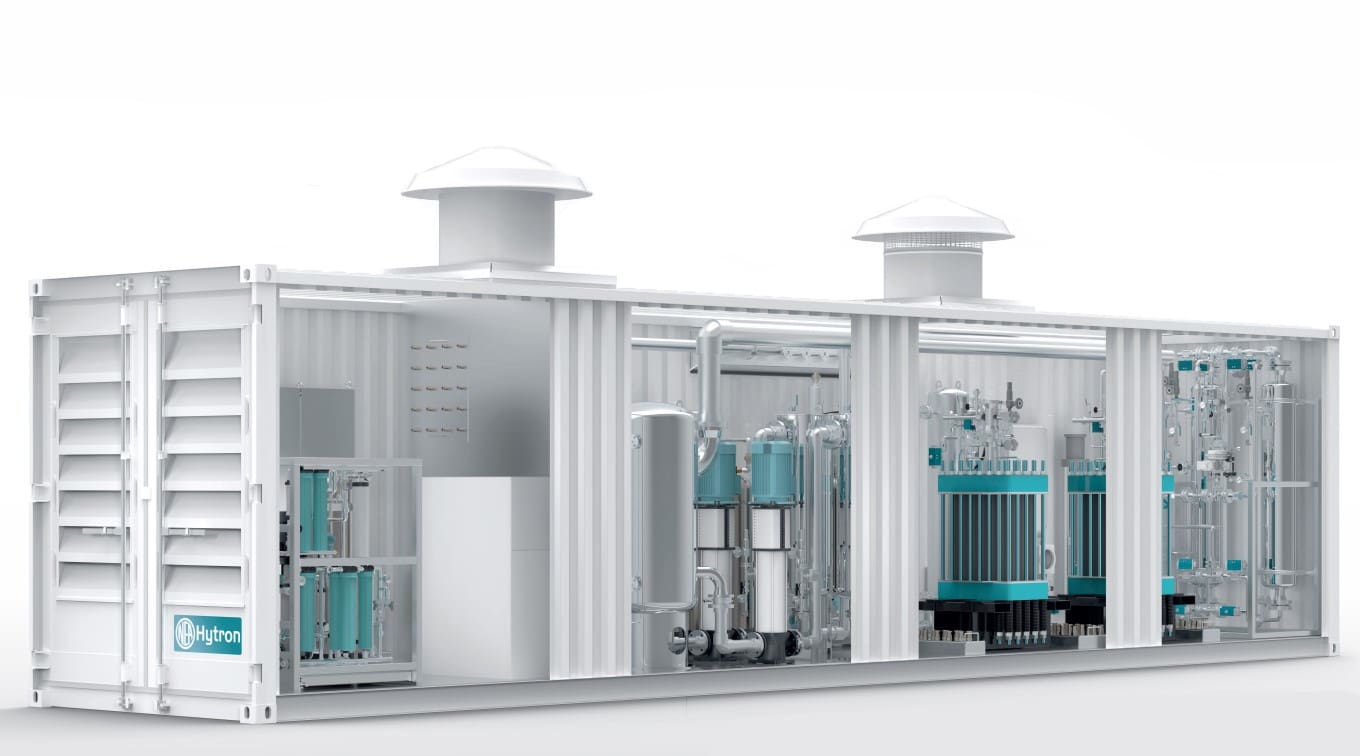Crusoe Energy Systems LLC (Crusoe) announced a new collaboration with XCL Resources LLC (XCL) to deploy Crusoe’s patented digital flare mitigation (DFM) technology to XCL in Utah’s Uinta Basin. Crusoe’s DFM systems are deployed directly to oil fields to convert excess natural gas into electricity used to power modular data centers.
Under the agreement with XCL, Crusoe will add 6 MMscf/d of DFM capacity. Once Crusoe’s equipment at XCL is running at full capacity, it is expected to reduce carbon dioxide equivalent (CO2e) emissions by up to 273,000 tons (247,661 tonnes) per year, equivalent to taking 60,000 cars off the road for a year. The project is projected to create more than 100 jobs consisting of both short- and long-term construction and operational employment opportunities to the Uinta Basin.
“We’re excited to extend Crusoe’s positive environmental impact into the Uinta Basin, and to significantly expand our capacity to reduce methane emissions,” said Cully Cavness, Crusoe’s cofounder and president. “This collaboration with XCL will help advance Crusoe’s mission to align the future of computing with the future of the climate.”
“XCL is focused on providing abundant, low-cost, and reliable energy that is developed responsibly within our communities,” said Blake McKenna, XCL’s president and chief operating officer. “This partnership with Crusoe fits that strategy by implementing cutting-edge technology that reduces emissions and supports XCL’s continued growth.”
Crusoe currently has more than 120 modular DFM data centers deployed throughout the United States, which reduced waste natural gas by more than 4 Bscf in 2022. In addition to reducing energy waste by creating a beneficial use for the natural gas onsite, Crusoe’s technology achieves a combustion efficiency of up to 99.9% (versus an average of 91.1% for flares), thus reducing methane emissions approximately 99% and CO2e emissions by up to 68.6%.

















